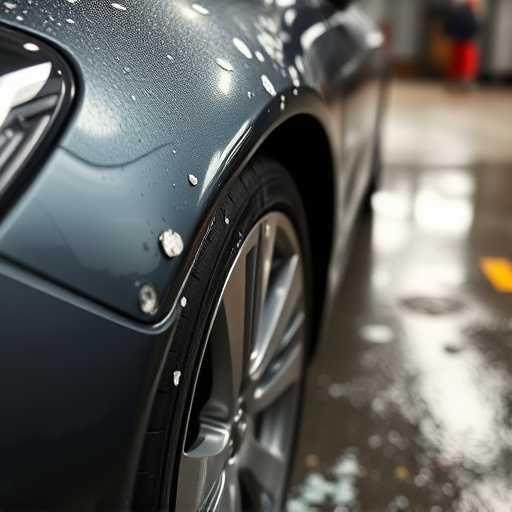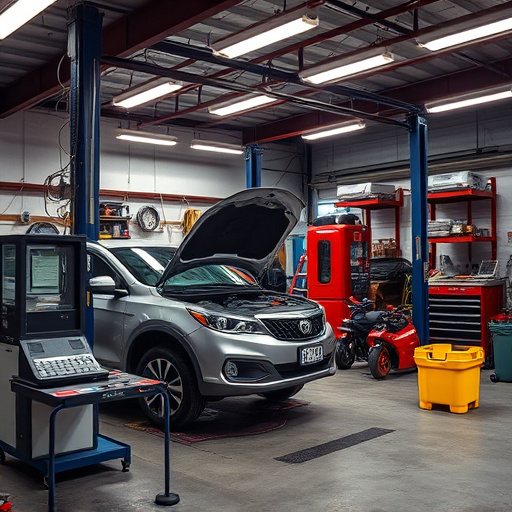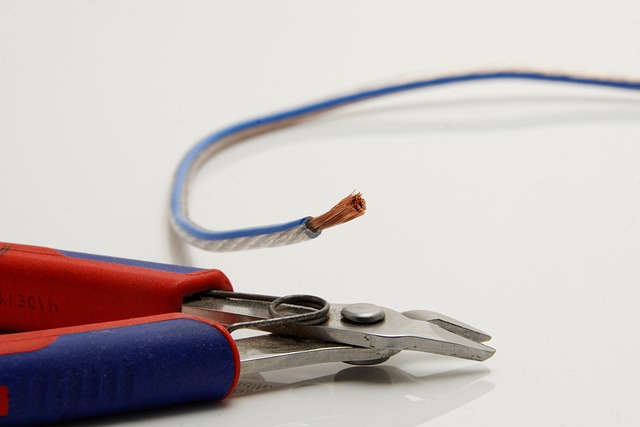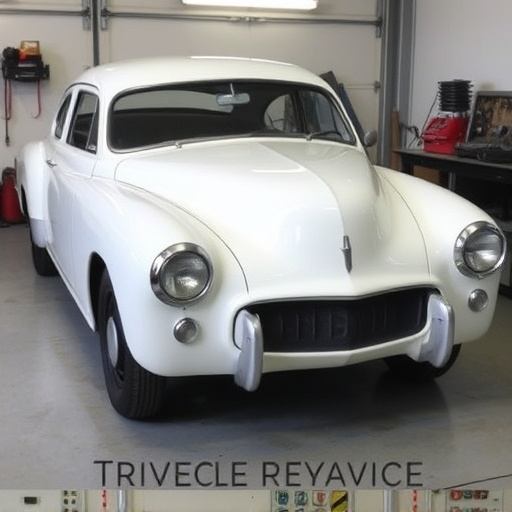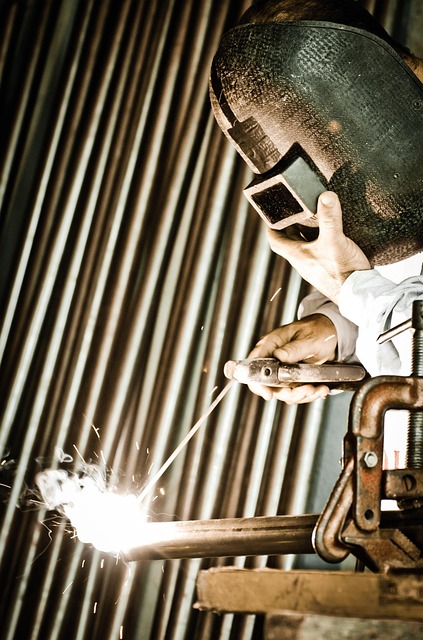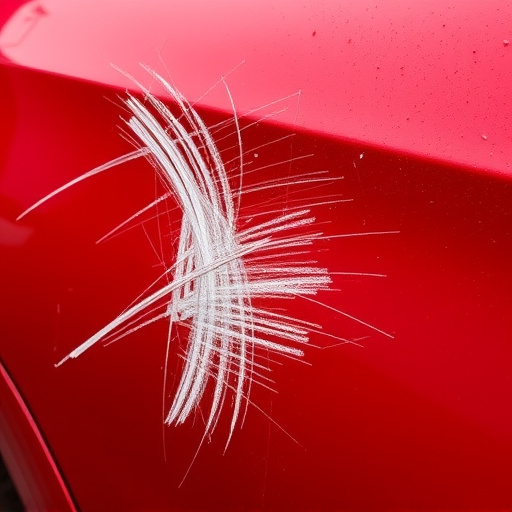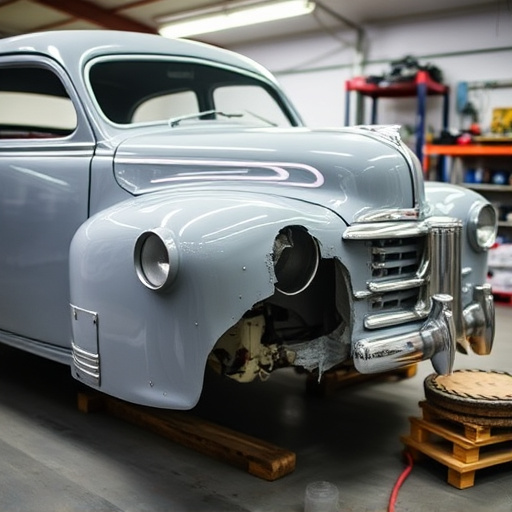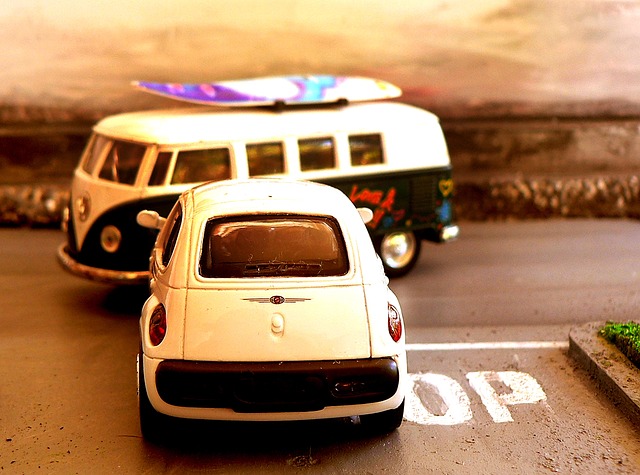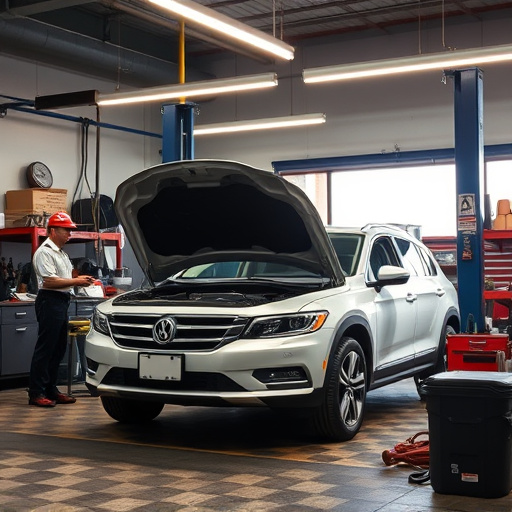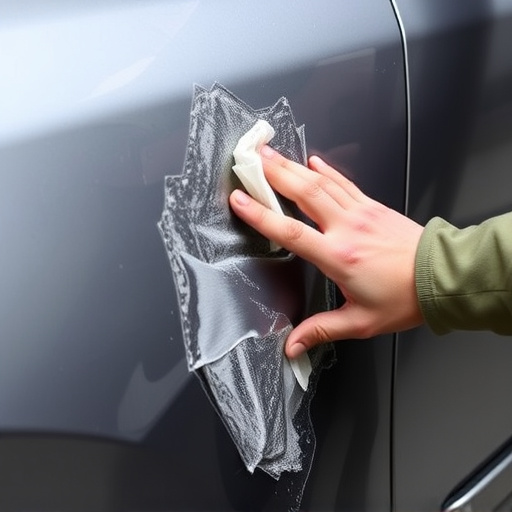Dog leg repair requires identifying structural errors in the knee joint through expert examinations. Preventive measures include regular maintenance and quick addressing of handling issues. Reputable facilities with body repair expertise ensure vehicle integrity during complex surgical procedures like arthroscopic surgeries. Post-surgery care involves cleanliness, medication, check-ups, proper nutrition, rest, behavior monitoring, and visual inspections for prompt complication detection.
Dog leg repair, while crucial for enhancing mobility, isn’t without its challenges. This article delves into the common hurdles faced during the process, focusing on three key areas: identifying and mitigating structural errors, navigating complex surgical procedures, and managing post-surgery care and patient monitoring. By understanding these challenges, medical professionals can ensure more effective dog leg repair outcomes.
- Identifying and Mitigating Structural Errors
- Navigating Complex Surgical Procedures
- Post-Surgery Care and Patient Monitoring
Identifying and Mitigating Structural Errors
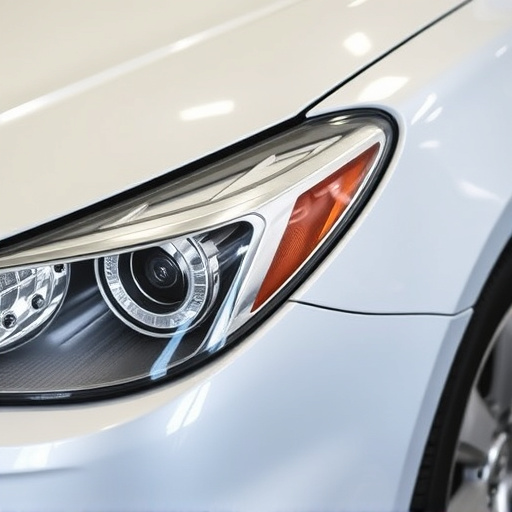
Identifying structural errors is a critical step in successful dog leg repair work. During this process, skilled technicians carefully examine the vehicle’s frame and components to pinpoint any misalignments or damage. Common issues include bent frames, misaligned wheels, and damaged suspension systems—all of which can compromise the safety and handling of the vehicle. Once these errors are identified, they need to be mitigated through precise adjustments and repairs using specialized tools and techniques.
Preventive measures play a significant role in minimizing future structural problems. Regular maintenance checks and prompt addressing of any unusual noises or handling issues can help catch potential issues early on. When seeking auto repair near me or automotive repair services, ensure the facility has experience in vehicle body repair, as this specialized knowledge is crucial for accurate dog leg repairs and maintaining the overall integrity of your vehicle.
Navigating Complex Surgical Procedures
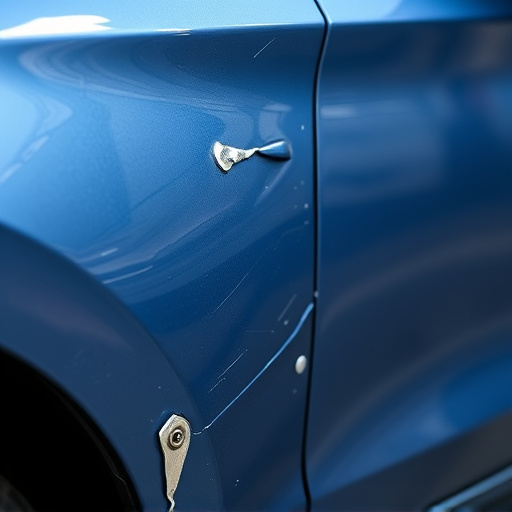
Navigating Complex Surgical Procedures for Dog Leg Repair is a delicate task that demands precision and expertise. The dog leg, or the knee joint, is a complex structure composed of multiple bones, ligaments, and tendons working in harmony. During repair surgeries, technicians face the challenge of accurately reassembling these components to ensure proper alignment and movement. This intricate process requires advanced techniques and specialized tools, often involving minimal incisions to reduce recovery time, known as arthroscopic surgery.
Automotive collision repair professionals play a crucial role in restoring mobility and stability after such surgeries. They work closely with veterinarians to understand the specific needs of each case, whether it’s a fleet repair service for multiple dogs or addressing issues in a local collision repair shop. The goal is always to facilitate a complete recovery, ensuring the dog’s leg functions as good as new, and enabling it to return to its active lifestyle.
Post-Surgery Care and Patient Monitoring
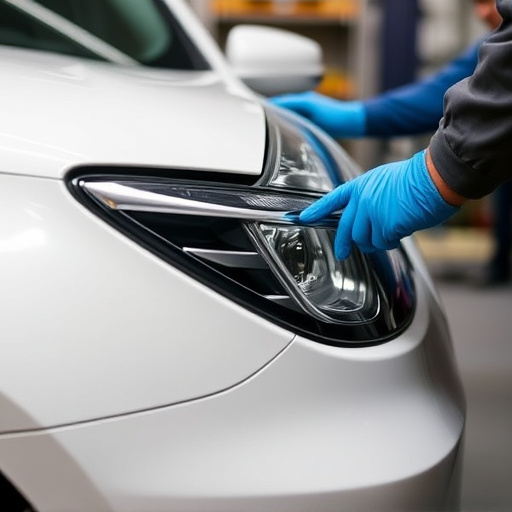
After a successful dog leg repair surgery, proper post-surgery care and continuous patient monitoring are paramount to ensure optimal healing. This includes maintaining a clean and sterile environment for the wound site, adhering to prescribed medication regimens, and regular check-ins with the veterinarian to assess recovery progress. Proper nutrition and rest are also critical components of this phase.
Monitoring the patient’s behavior, appetite, and physical activity levels can provide valuable insights into their post-operative condition. Any signs of discomfort, inflammation, or infection should be promptly addressed. Regular visual inspections help identify potential complications early on, ensuring swift intervention if necessary. This meticulous care is particularly crucial in the context of classic car restoration or bumper repair, where precision and attention to detail are paramount to both aesthetic and structural integrity.
Dog leg repair, while crucial for addressing structural issues, comes with unique challenges. From accurately identifying and mitigating structural errors to navigating complex surgical procedures, each step demands meticulous attention. Additionally, effective post-surgery care and patient monitoring are essential for optimal recovery. By understanding these common challenges and implementing best practices, medical professionals can enhance the success rates of dog leg repair surgeries.
